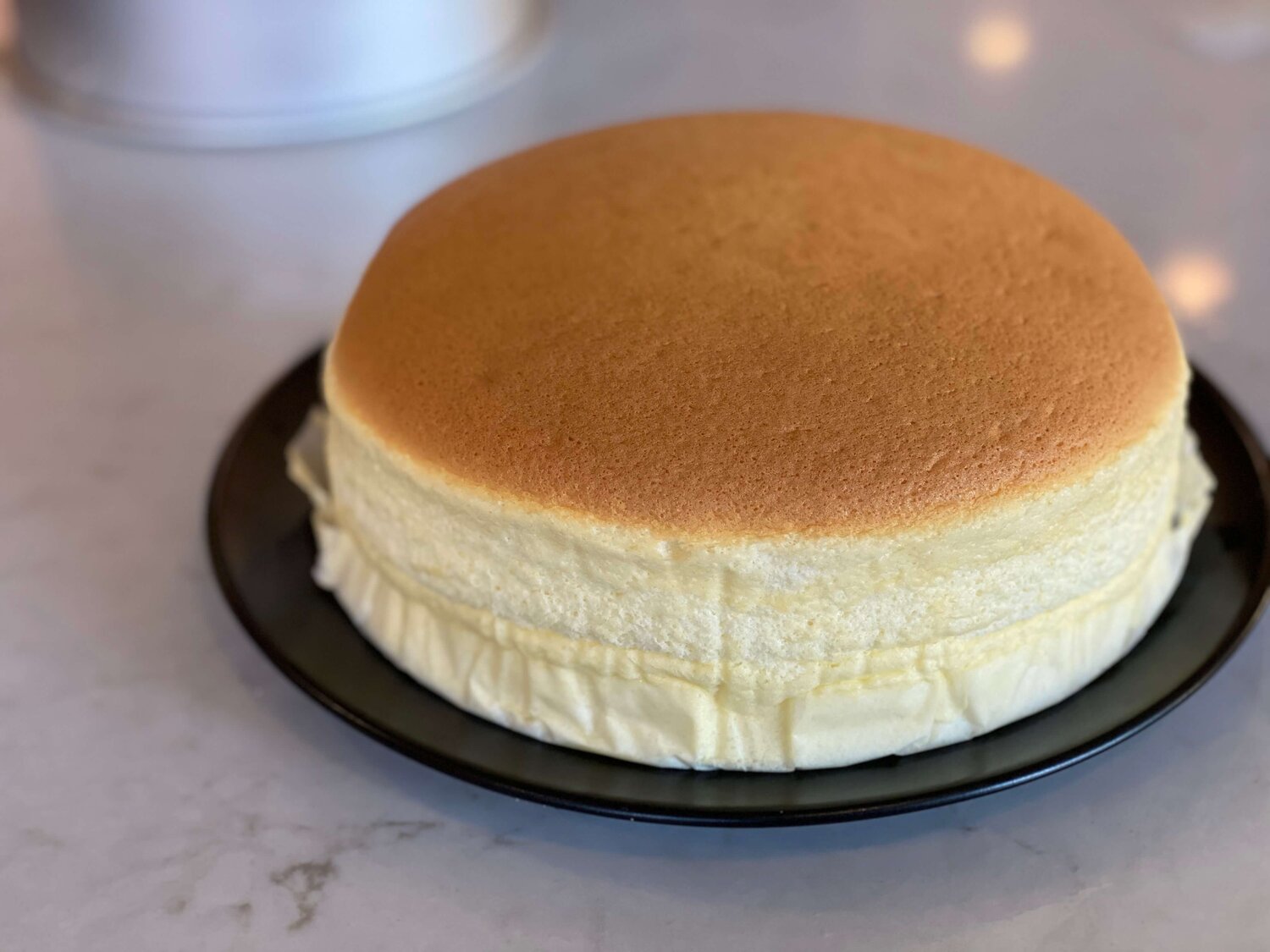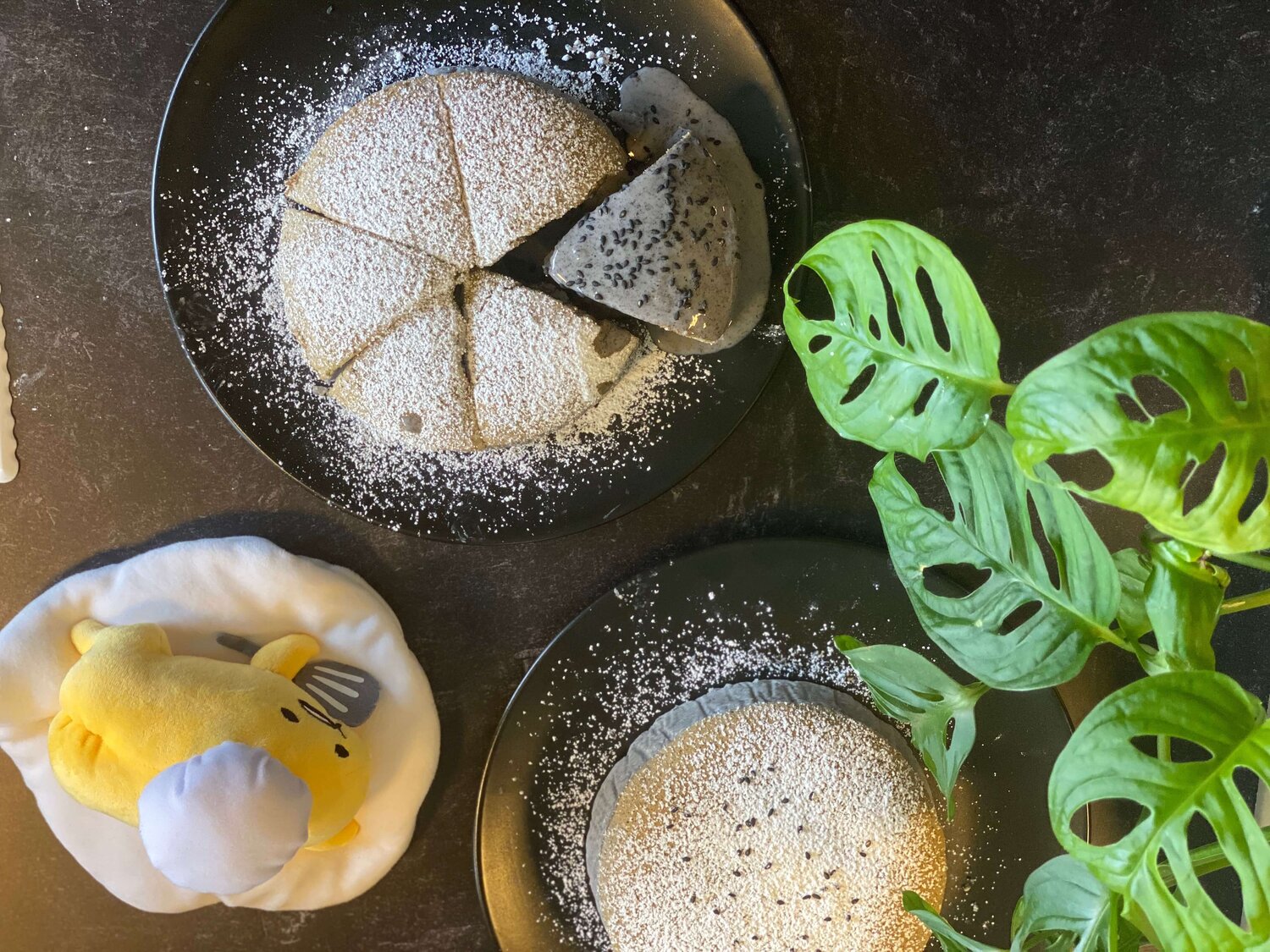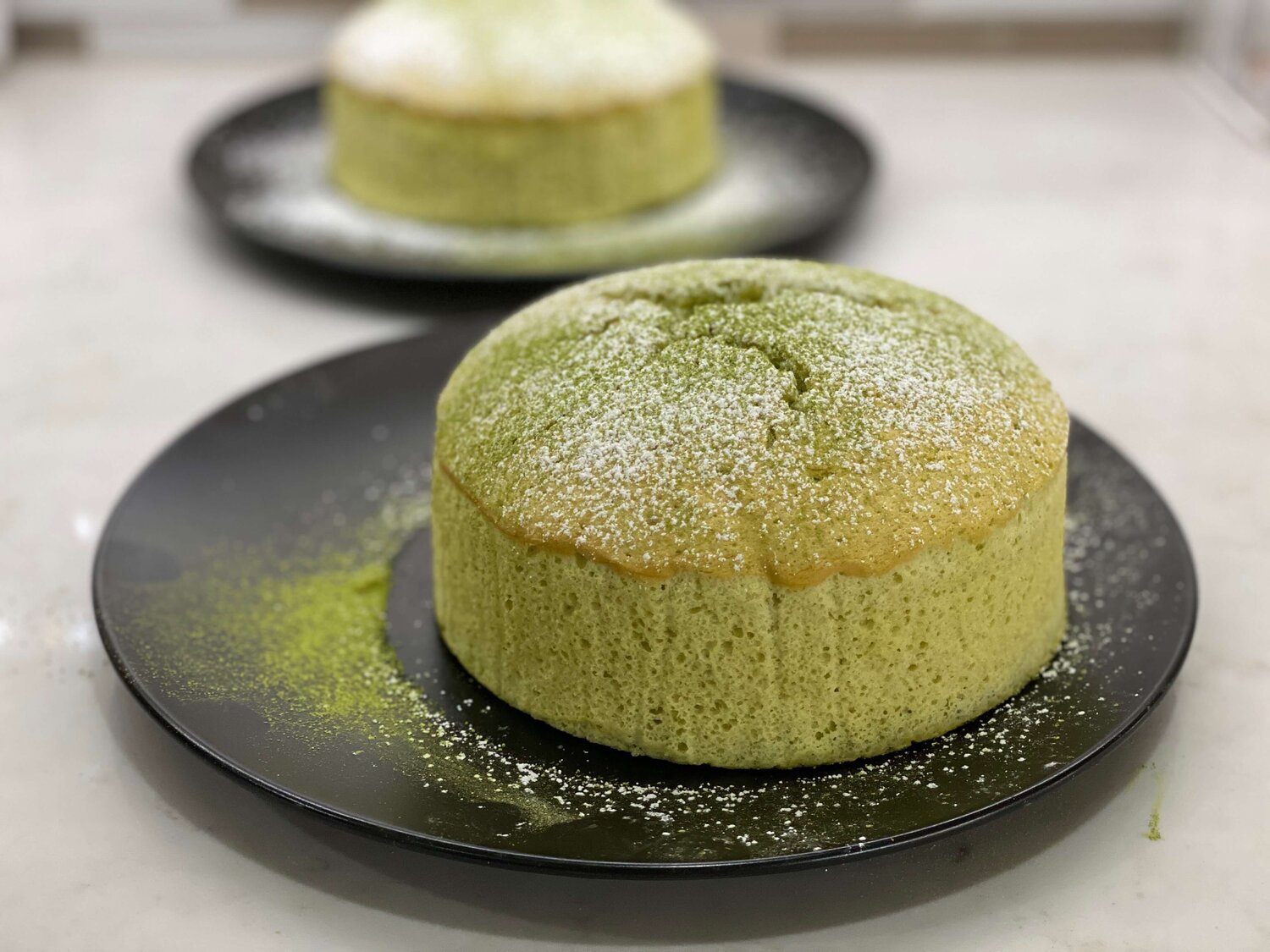The Best Home-Baked Japanese Cheesecake Recipe by Kat Lieu
Hi friends! After three years of baking, I’ve finally discovered the techniques and ways to bake a fool-proof Japanese souffle cheesecake that has a beautiful top, will not crack while baking and rising, and will not deflate (much at least) after removal from the oven! Japanese souffle cheesecake is also known as Japanese cotton cheesecake or just Japanese cheesecake. It is a mix between a regular cheesecake (Basque or NY Style) mixed with a chiffon cake. It’s airy, fluffy, and less dense than cheesecakes. It’s the perfect offspring of a cake, and I’m sharing my baking secrets with you! Happy baking!
Kat Lieu’s Foolproof Japanese Cheesecake

Foolproof Japanese Cheesecake Recipe
Ingredients
Instructions
Notes:
🥚To beat egg whites into stiff peaks, gradually increase the mixer speed, starting at medium, to medium-high, to high, each speed taking around 2-3 minutes. 🥚Add cream of tartar when you see some egg foam. Gradually add fine sugar when the beaten egg whites have become very white and foamy. 🥚Baking tip! Bake (bain-marie style) for 25 minutes on higher heat (320-345F depending on your oven), then crack open the oven door for about 10 seconds and bake for 45 minutes on lower heat (245-265F depending on your oven.)🥚Your baking powder and cornstarch should be gluten-free. To make your Japanese cheesecake gluten-free, substitute all purpose flour with sweet rice flour (Mochiko).🥚You can add flavorings to this cheesecake such as 2 tablespoons of matcha powder or 2 tablespoons of cocoa powder to the egg yolk batter, to make either a green-tea flavored Japanese cheesecake or a chocolate Japanese cheesecake.
JAPANESE CHEESECAKE TROUBLESHOOTING:
If your cake does crack, the heat may have been too high. Just decorate over the crack. It’s okay, baking does not have to be perfect! Your cake will still taste good! I am always afraid of a deflating cake, so I rather it crack than deflate. You could also try to beat the meringue to firm/medium peaks instead of stiff peaks.
If your cake is airy and fluffy at the top, and dense on the bottom, then you did not incorporate your final batter well enough. Too much of the beaten egg whites have not been mixed into the yolk batter. Next time, make sure your final batter is well-mixed, thick, and creamy with little to no beaten egg white streaks.
If your cake has not risen at all in the oven, then your initial temperature is too low, or your egg whites were over or under beaten (you want glossy beautiful stiff peaks), or you have over-mixed your final batter. The final batter needs to be thick like milkshake and well-incorporated at the same time.
If you don’t get a brown top, again the temperature may have been too low. You can be clever and broil the top of your cake for a brown, creme brûlée effect! Also, make sure your cake is baking mid-rack in the oven, and that the parchment paper you use to line the rim of your cake pan is not too high.
About the Baker
Kat Lieu is the founder of Subtle Asian Baking and this website modernasianbaking.com, and she is the author of Modern Asian Baking at Home. Currently, Kat is a full-time author and recipe developer. Follow her on instagram and check out her blog Phil and Mama.






